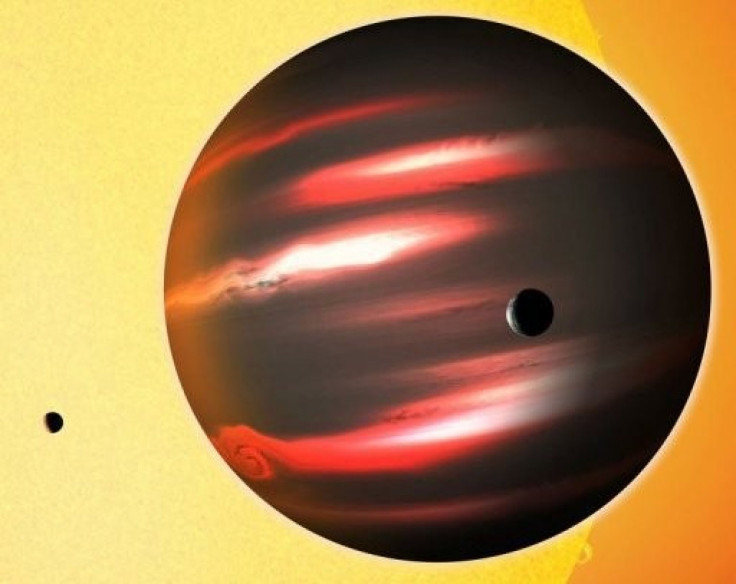Darkest Planet Found is Blacker Than Coal, Reflects Almost no Sunlight

Astronomers discovered a planet they say is the darkest known exoplanet as it reflects almost no sunlight and is blacker than coal.
The planet, which they named TrES-2b, is a distant, Jupiter-sized gas giant situated in our home galaxy, and was discovered with NASA's Kepler space telescope. It reflects less than 1 percent of the starlight that falls on it, scientists say, which is what makes TrES-2b blacker than coal or any planet or moon in our solar system.
"Being less reflective than coal or even the blackest acrylic paint -- this makes it by far the darkest planet ever discovered," lead study author David Kipping told National Geographic. "If we could see it up close it would look like a near-black ball of gas, with a slight glowing red tinge to it, a true exotic amongst exoplanets."
Their research will be published in the Monthly Notices of the Royal Astronomical Society and is available online.
The Kepler spacecraft orbits the Earth and is designed to find planets outside our solar system.
TrES-2b is 750 light-years from Earth and Kepler, which is also designed to precisely measure the brightness of distant stars, detected a subtle dimming and brightening because of the planet's changing phase.
These dips in stellar brightness could be an indication that a planet is transiting, or passing in front of its star, relative to Earth, blocking some of the star's light-in the case of the coal-black planet, blocking surprisingly little of that light, National Geographic stated.
"It's not clear what is responsible for making this planet so extraordinarily dark," said co-author David Spiegel of Princeton University, in a statement. "However, it's not completely pitch black. It's so hot that it emits a faint red glow, much like a burning ember or the coils on an electric stove."
© Copyright IBTimes 2024. All rights reserved.












